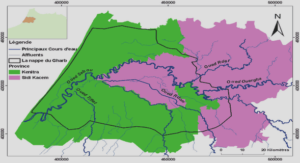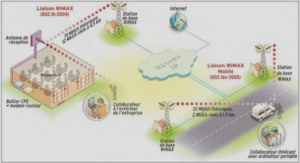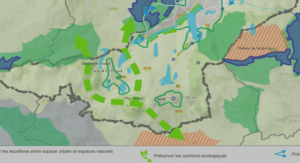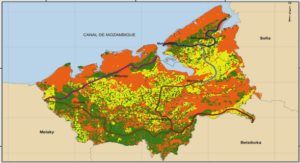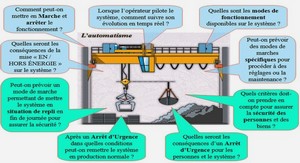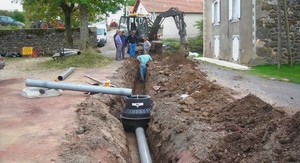Artificial proprioceptive sensing technologies
In order to be able to give to ULPs users a synthetic yet intuitive sense of proprioception, we first need to capture the position of the prosthetic. In order to fulfill this task, we need to equip the prosthetic with sensors. Since we are designing a solution that should fit to a wide array of ULPs, we do not want to assume anything about the prosthetics mode of actuation, shape, or in general, internal structure.
This work being done in conjunction with exteroceptive sensors design, which will be located on the prosthetic’s palm and finger pads, our sensors should ideally be located on the outward facing part of the prosthetic. In addition, these sensors should not add significant weight and bulkiness to the prosthetic .
Therefore, we propose the general sensor’s shape to be some sort of strain sensitive skin. This skin should cover the back of the prosthetic and would be able to sense the prosthesis movements.
In many respects, this work straddles the line between the fields of robot sensing and artificial skin (Lumelsky et al. (2000); Cutkosky et al. (2008)) and human motion capture (Sturman & Zeltzer (1994); LaViola (1999); Dipietro et al. (2008)). We will hence start by presenting the most recent academic progress as well as past commercial endeavors in both these fields.
Strain gauges
Maybe the most widespread type of strain sensor – strain gauges – exploit the change in resistance of a conductor as it is deformed through elongation.
In robotics, strain gauges have been widely used as sensors in many applications (Carrozza et al. (2000); Butterfaß et al. (2001); Feliu & Ramos (2005)) for their mechanical and electrical simplicity, compact form factors and cost effectiveness. Strain gauges have also been used to monitor bending angles in glove-based motion capture devices (Simone et al. (2007); Gentner & Classen (2009)).
Indeed, stain gauges provide relatively high accuracy for measuring small strains. However, the measurement range of conventional strain gauges is limited by the material of the sensor, typically on the order of 1% or less, thus making them unsuitable for soft structures that may experience large deformations and strains.
Optical sensors
Light can also be harnessed for sensing. Light possesses inherent qualities that make it a great tool for sensing and information delivery. Not only is it unaffected by electromagnetic interference but it also can carry a large amount of information thanks to a large bandwidth.
For these reasons, optical sensors are indeed used widely for measuring strain of large magnitude in robotics (Suganuma et al. (1999); Kiesel et al. (2007); Park et al. (2009); Dobrzynski et al. (2011)) as well as for hand pose estimation (Wise et al. (1990); Williams et al. (2000); Li et al. (2011a)). However, due to the nature of the waveguides and of the computing speed required to process information, optical sensing is often bulky and difficult to integrate into soft and wearable structures.
As an answer to this issue, recent papers tend to bypass this problem by designing diffuse waveguides. Instead of using spectrum analysis, they rely purely on the signal amplitude as a measure of the strain (To et al. (2015); Zhao et al. (2016)). By doing so, both the computing power and waveguide manufacturing requirements are relaxed.
As demonstrated as soon as 1989 by Lumelski and Cheung (Cheung & Lumelsky (1989, 1992)), sensing through light does not necessarily requires waveguides. Light based sensing from an external frame of reference, such as when using multiple cameras, has also been used to measure the movement of human hands (Garg et al. (2009); Kim et al. (2012)), human whole-body movement, as well as to track robot motion.
These systems, however, must often be operated within a controlled environment. They can suffer from occlusion and, as they do not control the medium through which the light moves, also become more sensitive to interference.
Piezo-resistive sensors
Several researchers have proposed the use of silicone micro-composites (Knite et al. (2004)) or more recently nano-composites (Kang et al. (2006); Johnson et al. (2010a)) to build piezoresistive soft strain sensors. Using comparable manufacturing methods, larger soft piezoresistive skins for robotic sensing have also been fabricated (Shimojo et al. (2004); Duchaine et al. (2009)).
As sensitive skins are formed of many sensors, wiring and signal routing frequently becomes an issue. Advanced imaging techniques such as Electrical Impedance Tomography (EIT) have been proposed to circumvent this drawback (Nagakubo et al. (2007); Kato et al. (2007); Elsanadedy (2012); Tawil et al. (2009)).
Unlike their metallic alternatives, sensors made of silicone can sustain very large elongations and typically have relatively high gauge factors (Loh et al. (2008)) due to the bandgaps resulting from the change in the inter-atomic spacing.
However, the latter characteristic makes their output highly nonlinear and thus difficult to predict (Lacasse et al. (2010)). Indeed, the change in the resistance of such materials is dominated by much more complex effects such as quantum tunneling (Hu et al. (2008); Johnson et al. (2010b)) rather than simple changes in geometry, making their responses nonlinear and often prone to hysteresis.
Capacitive sensors
Capacitive sensors have been a very popular choice for force sensing in the recent years (Hoshi & Shinoda (2006); Maggiali et al. (2008); Ulmen & Cutkosky (2010); Rana et al. (2016)). Indeed, when appropriately used, capacitance allows for high sensitivity measurements.
However, as has already been pointed out, capacitance measurements usually only have a narrow range sensitivity and use moderately complex electronics (Rana et al. (2016)). Hence, capacitance measurements in soft and highly conformable sensors may be hard to measure over very large strains .
INTRODUCTION |

